5G wireless is being deployed globally enabling new services and improving user experience. 5G offers the possibly of much higher user data rates than ever seen before and opens cellular service at higher frequencies. Despite the early success of 5G, there is an opportunity to make cellular service even better and more ubiquitous by improving the deployment efficiencies bringing high-throughput data to everyone. Efficiencies must be gained in urban, rural, and indoor spaces with each space requiring a customized solution to address their unique challenges. Urban capacity and coverage may be improved through densification, improved spectral efficiency and additional spectrum. Rural coverage may be addressed by improving range and distribution (i.e. backhaul) looking at integrating solutions like satellite, high-altitude platforms, and coverage extensions. Indoor coverage is challenging at higher frequencies and new solutions are needed to bridge outdoor capacity to indoors. The goal of the workshop is to bring together researchers from industry and academia, cellular service providers, and industrial partners to address these different deployment scenarios. The focus of the workshop will be on the evolution of access technologies, network architectures and transport techniques that will increase efficiencies of extending 5G and 5G evolved services. The workshop will offer keynote speeches by prominent figures from industry and research sides, as well as technical presentations on the latest research and development in 5G technologies, materials research, new spectrum, architectures, and deployments.
Topics of interest cover emerging trends, architecture, and requirements, use cases, enabling technologies, and performance results. The workshop solicits technical papers on the following (but not limited to) topics:
- Technologies and architectures to improve urban densification including wireless backhaul, mid-haul and fronthaul
- Hybrid network architectures including the integration non-terrestrial and terrestrial network
- Spectral efficiency improvements reducing the cost per bit such as enhanced massive MIMO
- Range improvements to allow for even larger cells in reducing the cost of deployment
- New modulation schemes improving energy efficiencies and spectral efficiencies
- Sub-THz spectrum for both access and backhaul (existing spectrum also considered)
- New antenna technologies (metamaterials, reconfigurable intelligent surfaces)
- New spectrum studies including field measurements and new channel models
- Deployment scenarios and interworking with existing 2G/3G/4G cellular networks
- Machine Learning to improve network efficiency and automation
PAPER REVIEW AND ACCEPTANCE CRITERIA:
Technical papers/posters will be comprised of peer-reviewed and a few invited papers. Submitted papers and posters will be peer reviewed by at least 3 reviewers, with acceptance rate in line with guidance from WCNC-2022 technical committee.
Submit papers for review by: 31 December 2021
Acceptance notices sent by: 31 January 2022
All final papers due: 25 February 2022




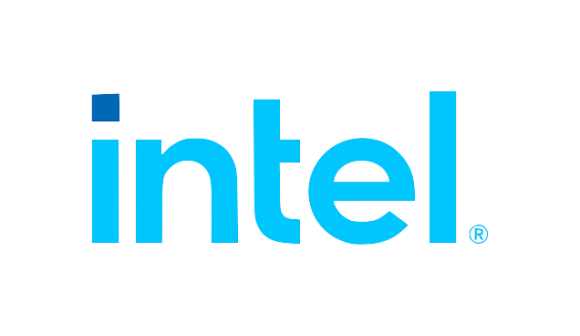
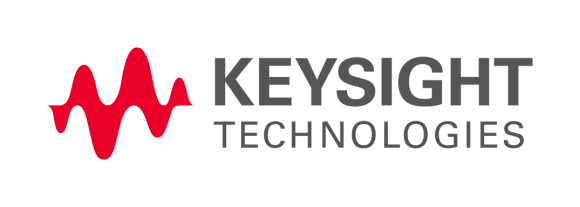
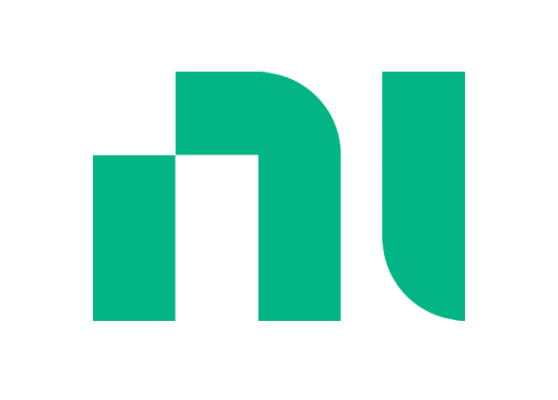
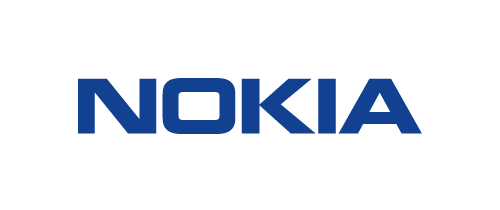

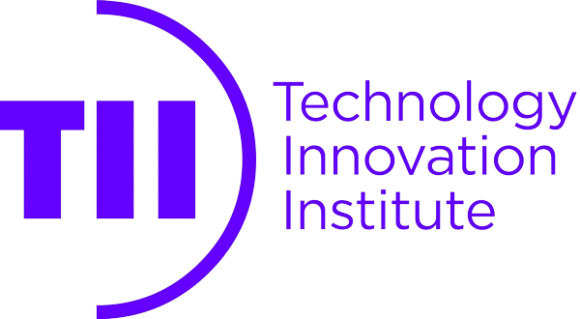



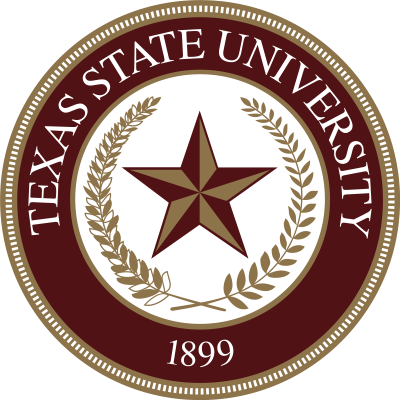
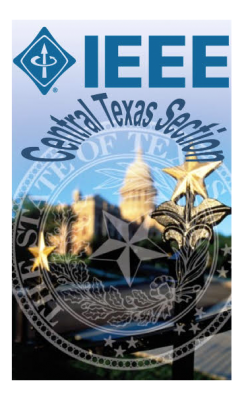
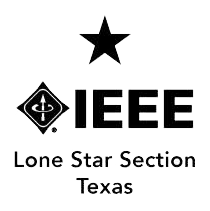
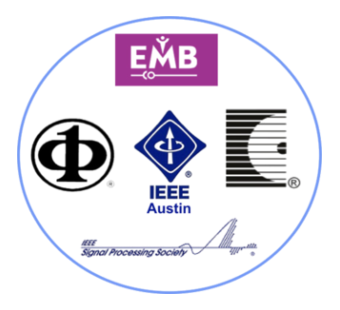

.png%3Fitok=HPhdjq1T)
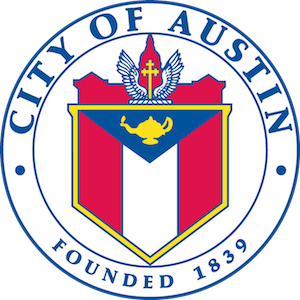
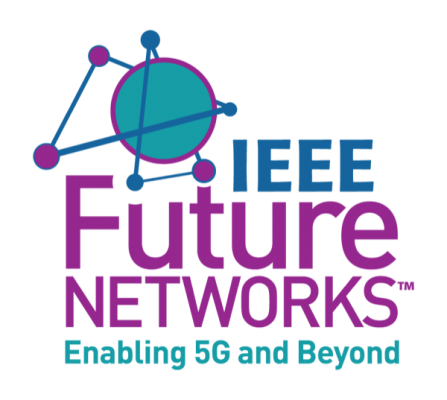
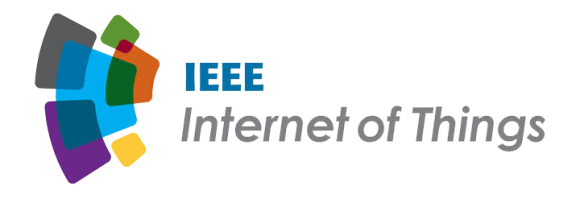
_0.png%3Fitok=n0ncuwzS)